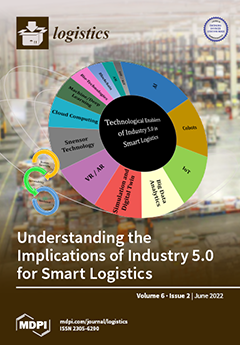Background: Mismanagement in disaster relief operations (DROs) has created a requirement for fast, fair, and safe humanitarian logistics (HL). The deployment of digital solutions in DROs is supported by humanitarian organizations (HOs) as well as recent research; therefore, the key purpose of this
[...] Read more.
Background: Mismanagement in disaster relief operations (DROs) has created a requirement for fast, fair, and safe humanitarian logistics (HL). The deployment of digital solutions in DROs is supported by humanitarian organizations (HOs) as well as recent research; therefore, the key purpose of this article is to investigate the impact of digitalization for fast, fair, and safe HL in DROs.
Methods: Primary empirical data were acquired from 449 disaster relief workers (DRWs) via questionnaires and by employing the snowball sampling methodology and partial least squares structural equation modeling (PLS-SEM) in SmartPLS 3.
Results: The result of this study indicates that fast, fair, and safe HL is crucial because it can save people’s lives and reduce suffering, and it achieves long-term sustainable development. The findings of the study could be beneficial to all catastrophe risk-management stakeholders as they look for ways to help victims. In addition, the ultimate beneficiaries of digitalized and effective HL will be all of society, notably disaster victims.
Conclusions: By implementing proper technologies in DROs, the afflicted may receive needed resources on time, which can save many lives. The utility of the proposed variables is promoting awareness about HL in a fast, fair, and safe manner, and we discuss implications, limitations, and future research. The research adds to the literature by presenting the first quantitative evidence assessing the independent role of digitalization in generating fast, fair, and safe HL from one of the world’s most disaster-prone countries.
Full article





